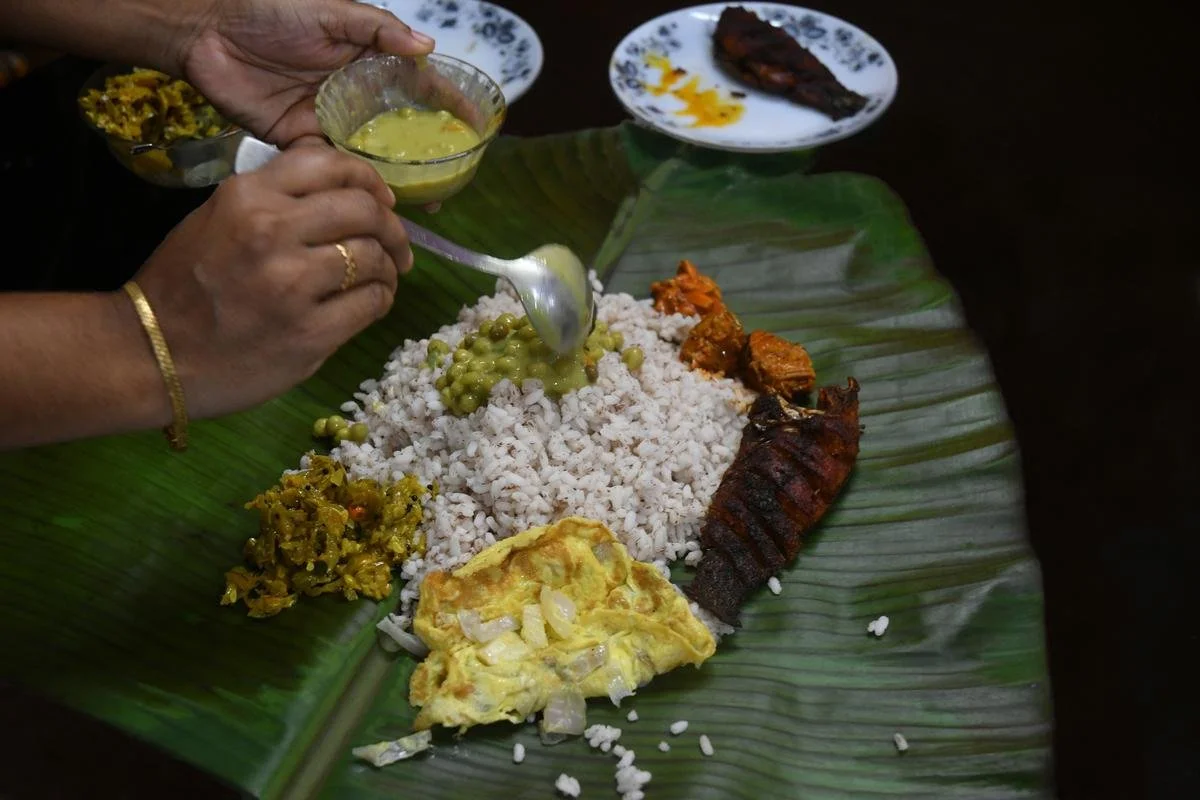Flour & Water: Afghani Bakeries in the Heart of Delhi

Richa photographs the Afghani bakeries that are hidden away in Delhi's crowded Lajpat Nagar.
The Afghan nanwai is a small, warm room, smelling faintly of yeast. A man wielding an enormous pair of tongs pulls out a toasty naan every few minutes. As the pile grows, another ferries it away to add to the mountain on display for customers outside. On an average day, a nanwai will produce over a thousand pieces of naan.
We are near the central market in south Delhi’s Lajpat Nagar, an area with one of the most dense Afghan refugee populations in the city. At last count, there were almost 11,000 Afghan refugees registered with the UNHCR in India. Of those, most live in or around Delhi. And of those, most have settled in Lajpat Nagar and the neighbouring Bhogal.
The exodus was triggered by the USSR-Afghanistan war in 1978, and hastened in 2001 with the US invasion. Here in Lajpat Nagar, they exist in interesting harmony with the Indian population, integrating well, starting their own businesses of clothing stores, hotels, bakeries, and salons. The street is lined with Indian men selling fruit, and Afghani men manning their shops, or sitting in groups outside. Voices, both in Hindi and Pashtun, ring out. Shop-front names read in both English and Dari script. Women walk in burkhas, men in salwar-kameez. There are more foreign exchange outlets on a single street here than one can count.
Here, as in Afghanistan, local families do not often bake their own bread. The process is cumbersome and requires a tandoor, so it is simply easier to buy the inexpensive bread, fresh for each meal. The patrons that flock to the nanwais at mealtimes, then, are mostly local Afghans, and sometimes, the odd, curious Indian.
I meet two young men outside a bakery. The younger of the two was, until moments ago, baking. He comes over to translate, then offers to write down their names in English for me. He is Ghulam Haider; his companion is Sakhe — a word that interestingly, translates to ‘companion’ in Hindi.
Both are new to India and their Hindi is unsteady. Sakhe has been around for a year, Haider for just three months. Neither has come with their families; they are both UNHCR-registered refugees, employed in nanwais. Haider returns to tend to his tandoor, and as he coaxes each ball of dough to its final destiny, his hands turn white, coated with flour.
The naan-making process itself is gloriously simple. Dough is kneaded and left to rise at the back of the nanwai. Next, the baker flattens the dough. He punches holes or scores lines into the soft, malleable rounds. The dough is then brought out front and slapped onto the wall of the tandoor where it bakes rapidly in the intense heat of the clay oven.
Retrieved with long tongs, the naan emerges: plump, enormous and softly fragrant. Soon, it will be eaten with butter, or kebabs, or curry. Or late in the day, someone will eat it cold with their chai. Will they think of home?
Richa is a journalist and freelance photographer based in Delhi. She's currently working with the Human Rights Law Network, and moonlights as an edit hand at the Gaysi family. She has two cats. Follow her here and see more of her work on richa.co.
ALSO ON THE GOYA JOURNAL





















